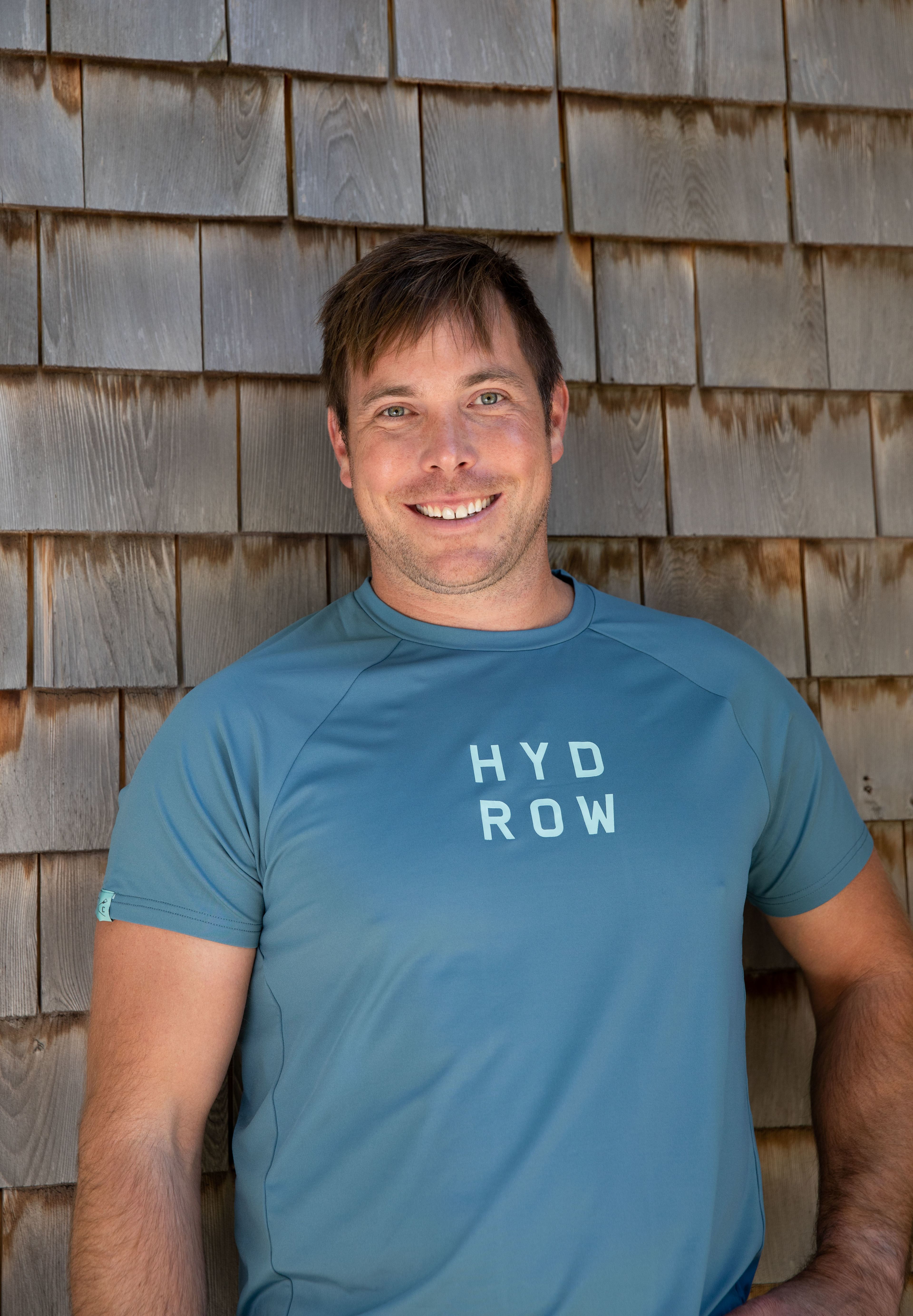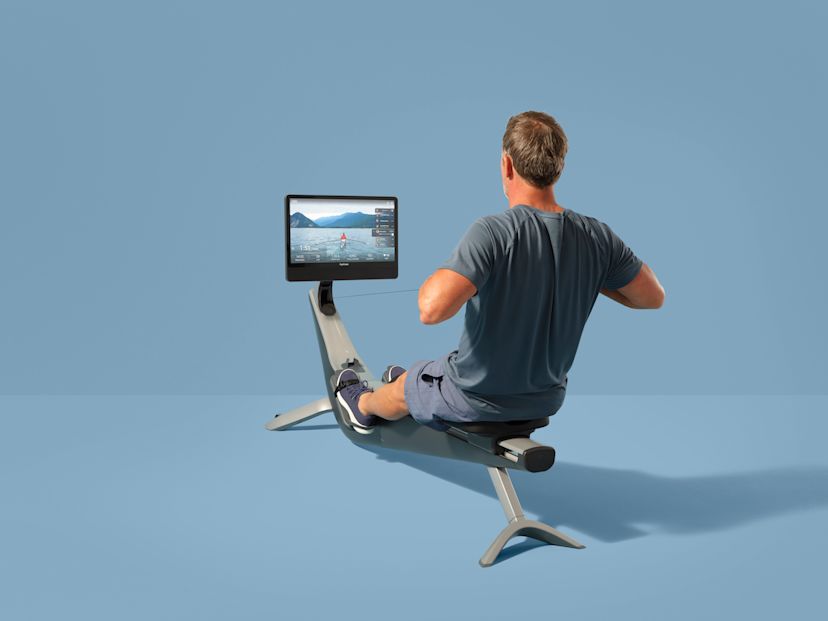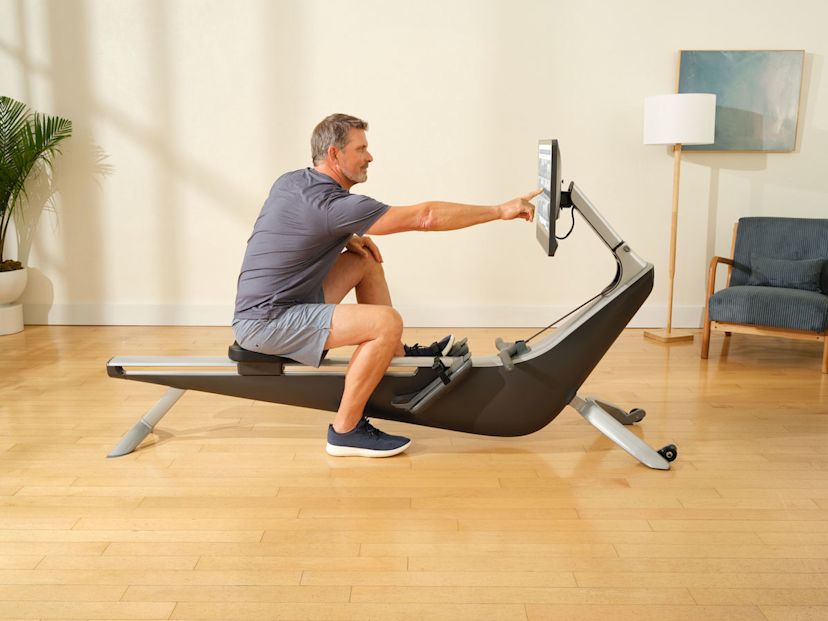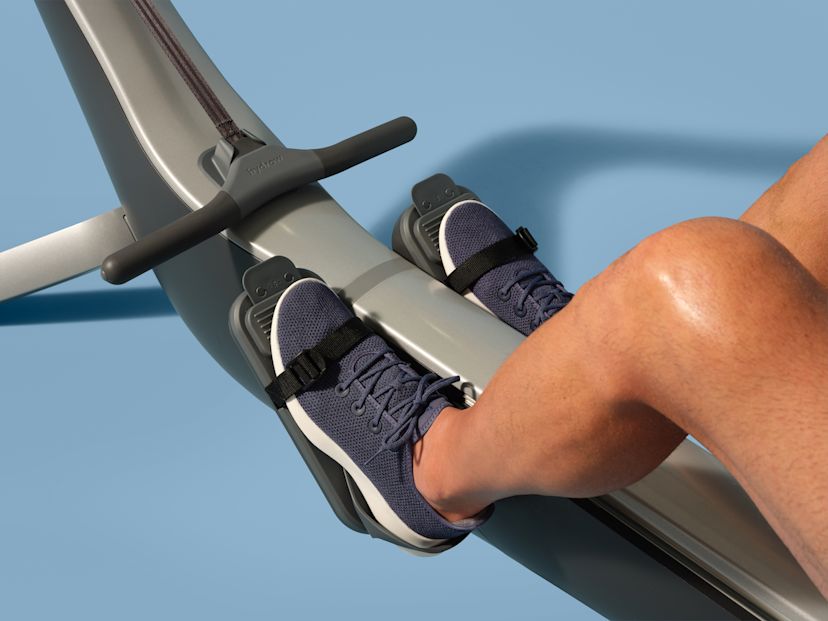What Is an Erg in Rowing?

If you’ve come to rowing as a form of exercise as a longtime fitness fanatic, a beginner exerciser, or someone looking for new workouts they can do at home, you’ve likely never heard the term “erg”. But if you have a rowing background or have ever been around people who’ve rowed at a competitive level, it’s probably a term you’re familiar with.
So, what is an erg? In short, it’s the term that rowers use to refer to the rowing machines they use or used in practice—it can also be used as a verb (i.e., “erging”) to refer to the workout you do on one of the machines. Here, we’re cutting through the confusion and revealing everything you want to know about an erg in rowing.
What does erg stand for?
Erg is short for ergometer, which is the technical term for a rowing machine. “Ergometer” can actually refer to any exercise machine that measures the amount of work you are doing, but it is almost exclusively used to refer to rowing machines. More specifically, it typically refers to a rowing machine that uses a damper and a flywheel to generate air resistance, as opposed to the electromagnetic or magnetic resistance used by many of the connected rowing machines on the market (like Hydrow’s).
The rowing machines found in big-box gyms, CrossFit gyms, and boathouses around the world are usually the ones folks refer to as ergs. Why? The simple design ensures absolute consistency from machine to machine. If two people are rowing next to one another at the same speed for the same distance with the damper in the same place, they will finish rowing at exactly the same time.
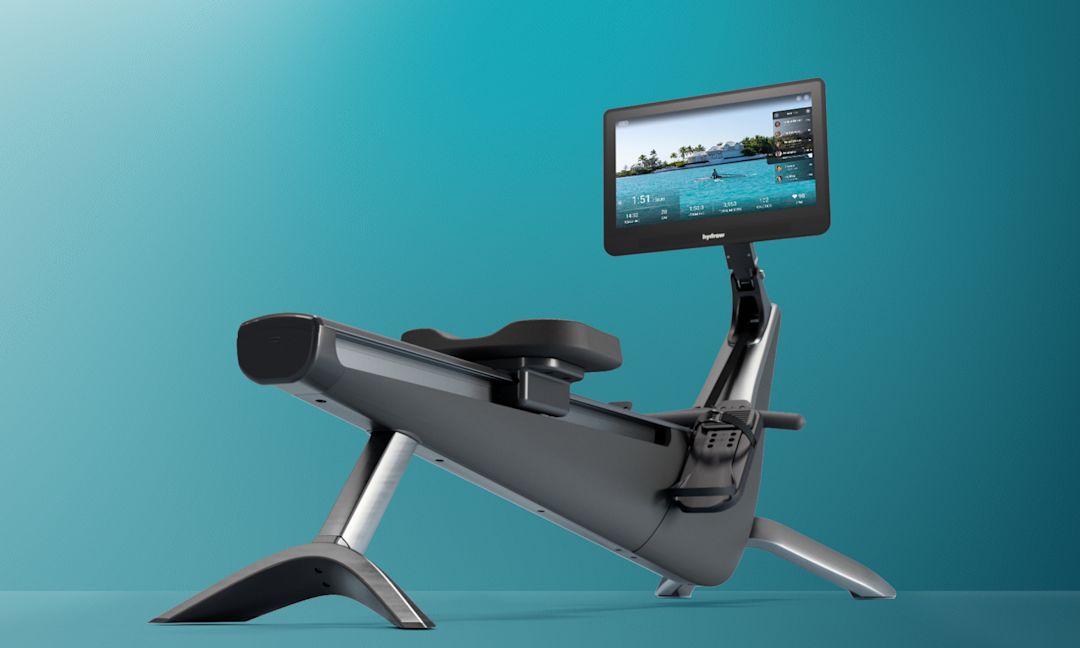
Holiday savings are here
Bring home our award-winning rowers at the best prices of the year.
What is the difference between an erg and a rowing machine?
Technically, nothing. An erg is a rowing machine. And what is erg rowing? The same as rowing on a rowing machine. However, now that there are so many more rowing machines on the market than there have been in the past—many of which are designed for home use by casual rowers who may or may not have ever rowed in a boat—we feel that a distinction can now be made along three key lines:
The target user
The physical design of the machine
The metrics it uses to measure performance
1. Target user
Competitive rowers train on ergs. Especially in the offseason when rowing on the water is not an option, erg workouts are the norm. Even during the season, many rowing teams will incorporate erg tests (like races, but on the erg) to place rowers into the best boats.
On the flip side, people who are using rowing as part of their fitness regimen (especially rowing at home) tend to use rowing machines. Why this distinction? Because of the differences in physical design and the primary metrics measured.
2. Physical design
In general, an erg is going to be sleeker and more compact than what you would think of as a rowing machine. It does not have a large screen on the front and it does not need to be plugged in, making ergs ideal for lining up across a training room so an entire team can row together at one time. Ergs are often lighter and easier to maneuver as well.
On the flip side, other types of rowing machines have a large screen on the front of the rower for viewing instructor-led classes or other types of workouts. As such, they tend to be a bit bigger and take a little more effort to move and store.

Low-impact, high reward.
Build lasting strength on a rower designed to protect your joints.
3. Metrics
Before the explosion in popularity of rowing machines, indoor cycling bikes and treadmills were the most popular home cardio machines. Bikes and treadmills measure two primary metrics: resistance and speed (in cadence and miles per hour, respectively). Since these are the metrics that people are most familiar and comfortable with, many home rowing machines and their connected workouts have focused on these two metrics as well.
While stroke rate is also an important metric for competitive rowers, and therefore displayed prominently on the erg, the more important one is your split time, or the amount of time it takes you to row 500 meters. This is the number rowers use to measure their progress, their fitness level, and how they stack up against their teammates. But for people who have never rowed or raced in a boat and therefore don’t have any context for their split time, this number is essentially meaningless.
At Hydrow, we like to think we strike a happy medium in the metrics we focus on, making the classes ideal for people who have rowing backgrounds and people who don’t. Our classes are designed around changes in stroke rate and we never ask you to change the resistance during class, making them easy to follow for beginner rowers. We also display your split time on the screen so seasoned rowers can get into a rhythm and shoot for a particular number, if they so choose.
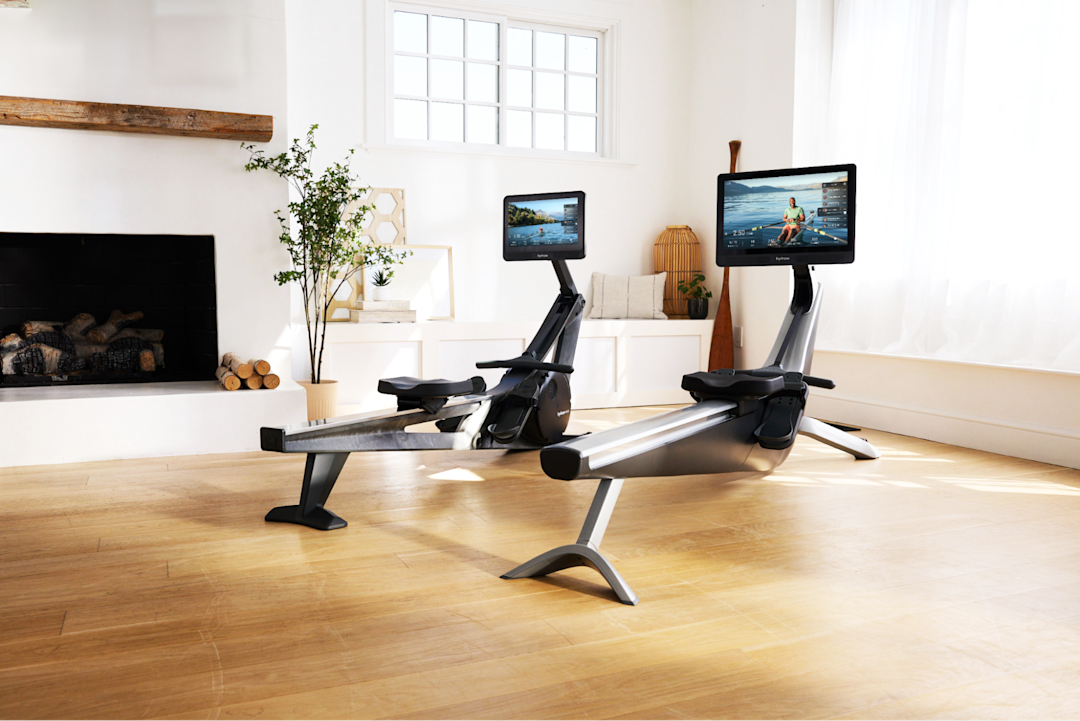
Wondering if a Hydrow rowing machine is right for you? Get answers in our FAQ guide.
What is an erg good for?
As we said earlier, an erg and a rowing machine are technically the same thing. That means you can get all the powerful perks of working out with a rowing machine from an erg, including:
Getting an efficient, full-body workout
Improving your cardiovascular fitness and your muscle strength
Achieving results while being gentle on your joints
Increasing your flexibility and mental focus
Burning calories and melting fat
Ready to row at home?
If you have experience with rowing on barebones erg, you may prefer to go with a more streamlined rowing machine like the ones you’ve used in your past boathouses. But if you are incorporating rowing into your workout regimen for the wide array of fitness benefits, we recommend going with one of Hydrow’s rowing machines. Hydrow brings more than just equipment—it brings total-body results and intelligent training.
Hydrow’s workouts are led by world-class and Olympic Athletes and filmed on real water in beautiful locations around the world. Whether you’re rowing or cross-training with yoga, Pilates, strength, mobility, or circuit workouts, you’ll find movement that motivates—and keeps you coming back.
Ready to train smarter? Explore what Hydrow can do for you.

Real strength keeps moving
Learn how working out with Hydrow can help support a fuller, more active life.
